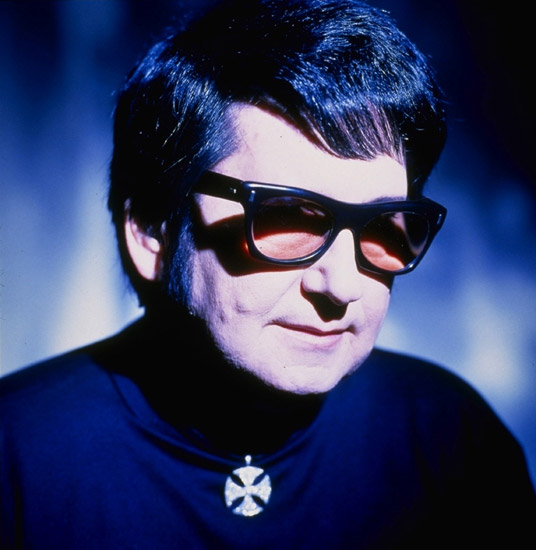In a stunning revelation that has shaken the foundations of the music world, long-buried secrets about rock legend Roy Orbison have come to light — and the truth is more heartbreaking than anyone ever imagined. For decades, fans have been mesmerized by his haunting voice and mysterious persona, but new evidence paints a devastating picture of a man silently tormented by pain, trauma, and loss.

Born in 1936 in Vernon, Texas, Roy Orbison rose from humble beginnings to become one of the most distinctive and powerful voices in rock history. With hits like “Crying,” “Only the Lonely,” and “Oh, Pretty Woman,” his voice could soar from whispers to wails, channeling the deepest human emotions. But behind the signature dark glasses and melancholic songs lay a man battling ghosts that fame could never silence.
Recently unearthed medical and personal documents have revealed a harrowing truth — as a teenager, Orbison underwent a series of experimental sinus surgeries meant to correct chronic breathing problems. These operations, performed in an era of lax medical oversight, may have permanently altered his vocal structure, giving him his legendary tone — but also condemning him to lifelong pain. Sources close to the investigation claim the procedures left him with chronic headaches, nerve damage, and recurring insomnia.
Even as he achieved global stardom, Orbison’s life unraveled in a succession of unimaginable tragedies. In 1966, his beloved wife Claudette was killed in a motorcycle crash — a blow that nearly destroyed him. Just two years later, a house fire claimed the lives of two of his young sons, leaving Orbison in a state of profound grief from which he never truly recovered. Behind his dark glasses, friends say, were eyes “that had seen too much.”

Recently released private journals from Orbison’s estate reveal the depth of his despair. He wrote of “pain that never ends” and of relying on prescription drugs to numb the emotional and physical agony. Despite his later successes — his collaboration with the Traveling Wilburys and the critical acclaim of Mystery Girl — Orbison’s inner world remained clouded by sorrow. “He smiled for the stage,” one insider confided, “but when the curtain fell, he was alone with his ghosts.”
When Orbison died of a heart attack in 1988 at just 52, fans believed it was sudden and unexpected. But new information suggests the signs were there — untreated heart problems, extreme exhaustion, and emotional burnout that had been silently eroding his health for years. His death, many now realize, was not simply fate — it was the tragic culmination of a life spent carrying unbearable weight.

The man behind the shades, once romanticized as a mysterious crooner, is now revealed as a figure of almost Shakespearean tragedy — a genius whose gift came at the cost of immense suffering. His music, filled with themes of loneliness and loss, was not merely poetic imagination, but a direct reflection of his tortured soul.
As the world absorbs these revelations, one truth stands above all: Roy Orbison’s angelic voice was born from unimaginable pain. His songs were not just melodies — they were confessions, cries from a wounded heart that still echo through generations.
The mystery has finally been solved — and it is far darker, and far more human, than anyone ever dared to believe.





